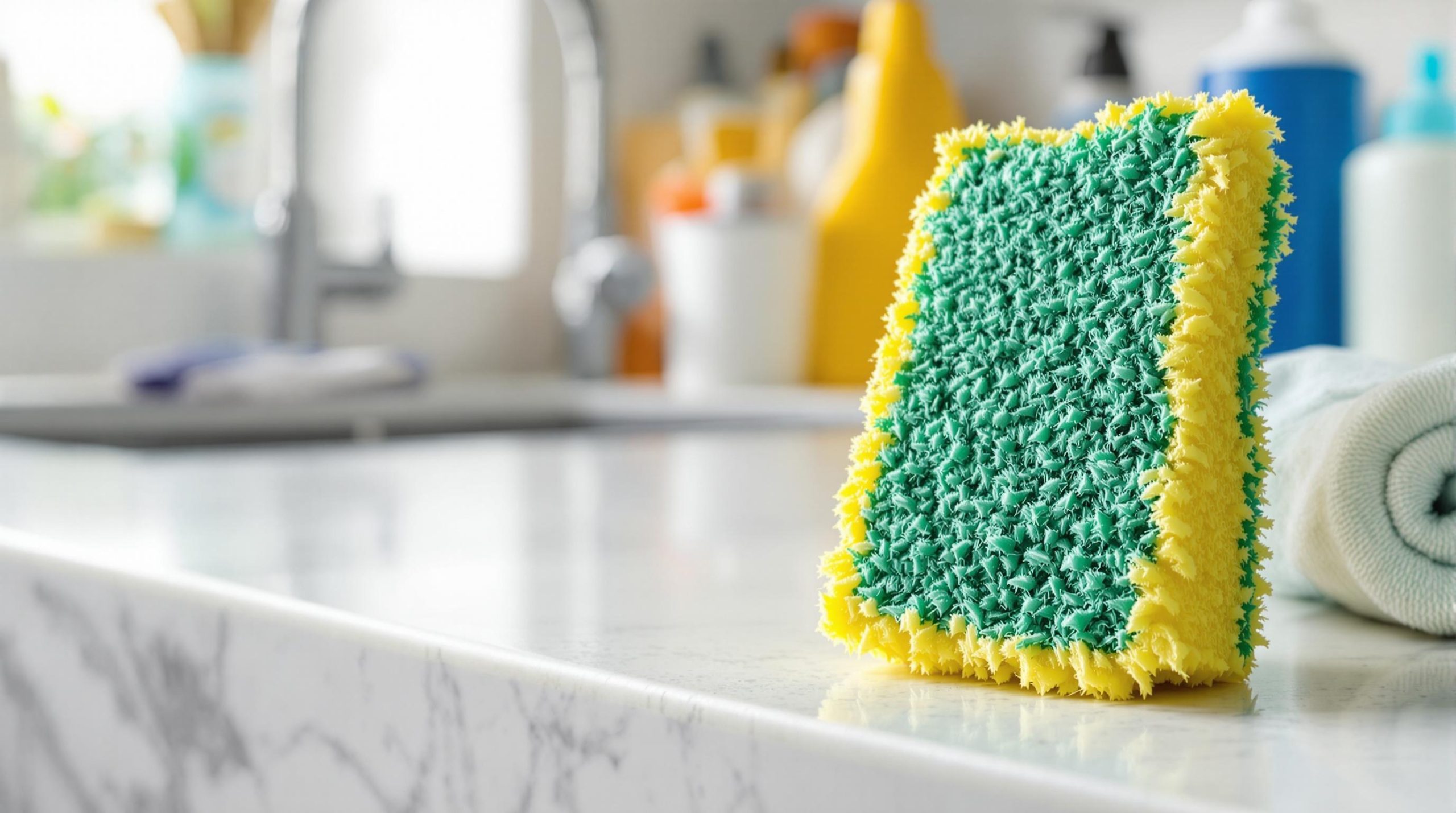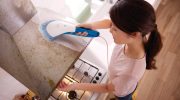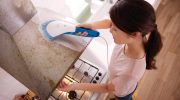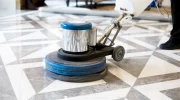The Hidden Dangers Lurking in Your Kitchen: Why Experts Warn Against This Common Cleaning Sponge
We reach for it daily, trusting it to banish grime and keep our kitchens sparkling. It’s the ubiquitous cleaning sponge, a staple in nearly every household. But experts are now warning that this seemingly innocent kitchen essential could be harboring a secret, potentially harmful to your health: it’s a breeding ground for bacteria.
Yes, that porous, often brightly colored sponge sitting by your sink is likely teeming with microscopic life – and not the friendly kind. Studies have shown that used kitchen sponges are among the dirtiest items in the average home, harboring millions of bacteria per square inch, including potentially harmful strains like E. coli and Salmonella.
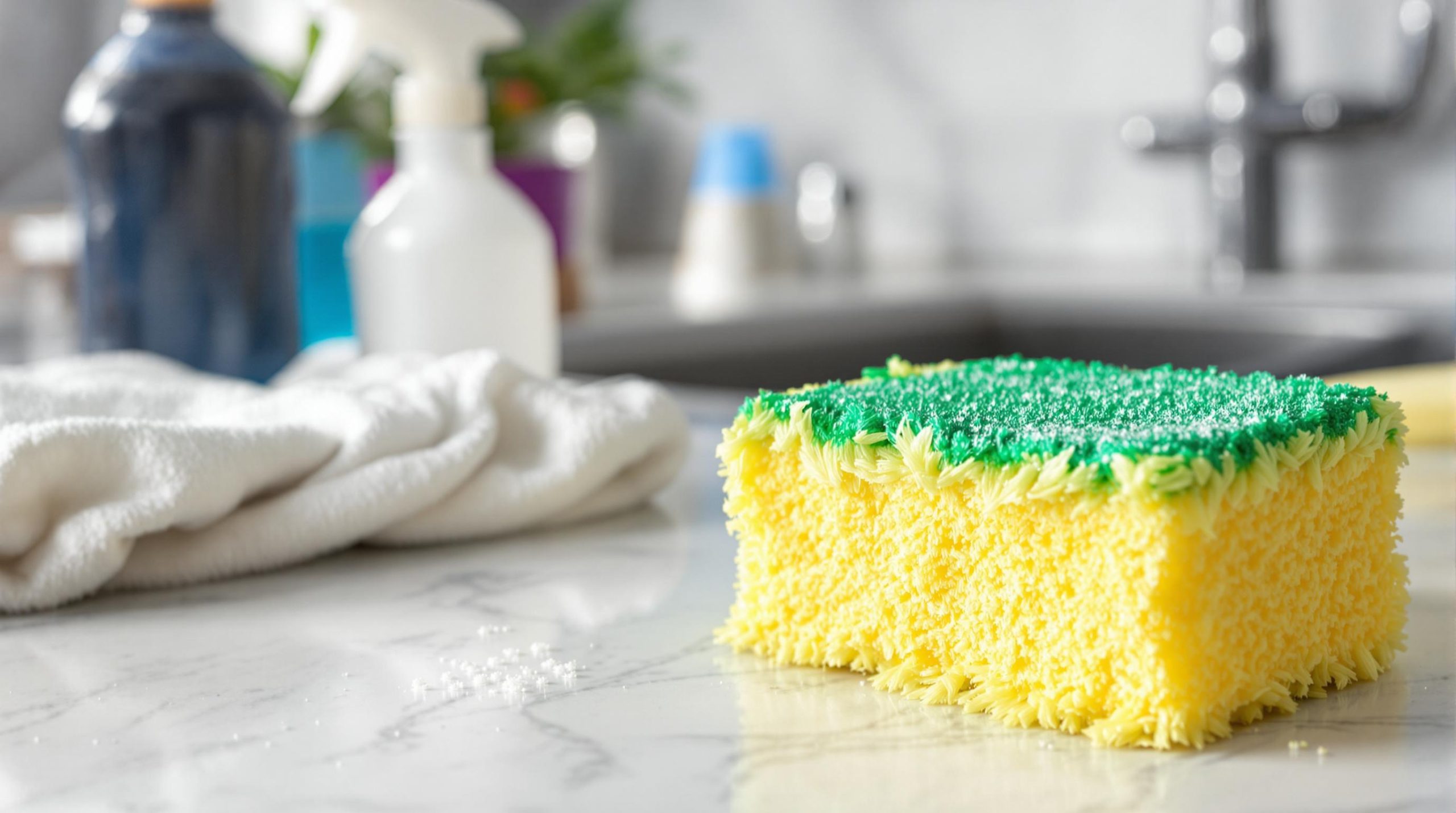
The Perfect Breeding Ground:
The sponge’s very design, meant to trap food particles and absorb liquids, makes it an ideal environment for bacterial growth. The warm, moist environment within the sponge, combined with the readily available food source (those tiny bits of leftover food), creates a veritable feast for bacteria.
Why This Matters:
While some bacteria are harmless, others can cause food poisoning and other illnesses. Using a contaminated sponge to clean surfaces can spread these bacteria throughout your kitchen, potentially contaminating food and making you and your family sick.
Beyond Bacteria:
It’s not just bacteria that thrive in sponges. They can also harbor mold, yeast, and other microorganisms. These can contribute to unpleasant odors and further increase the risk of contamination.
The Expert Recommendations:
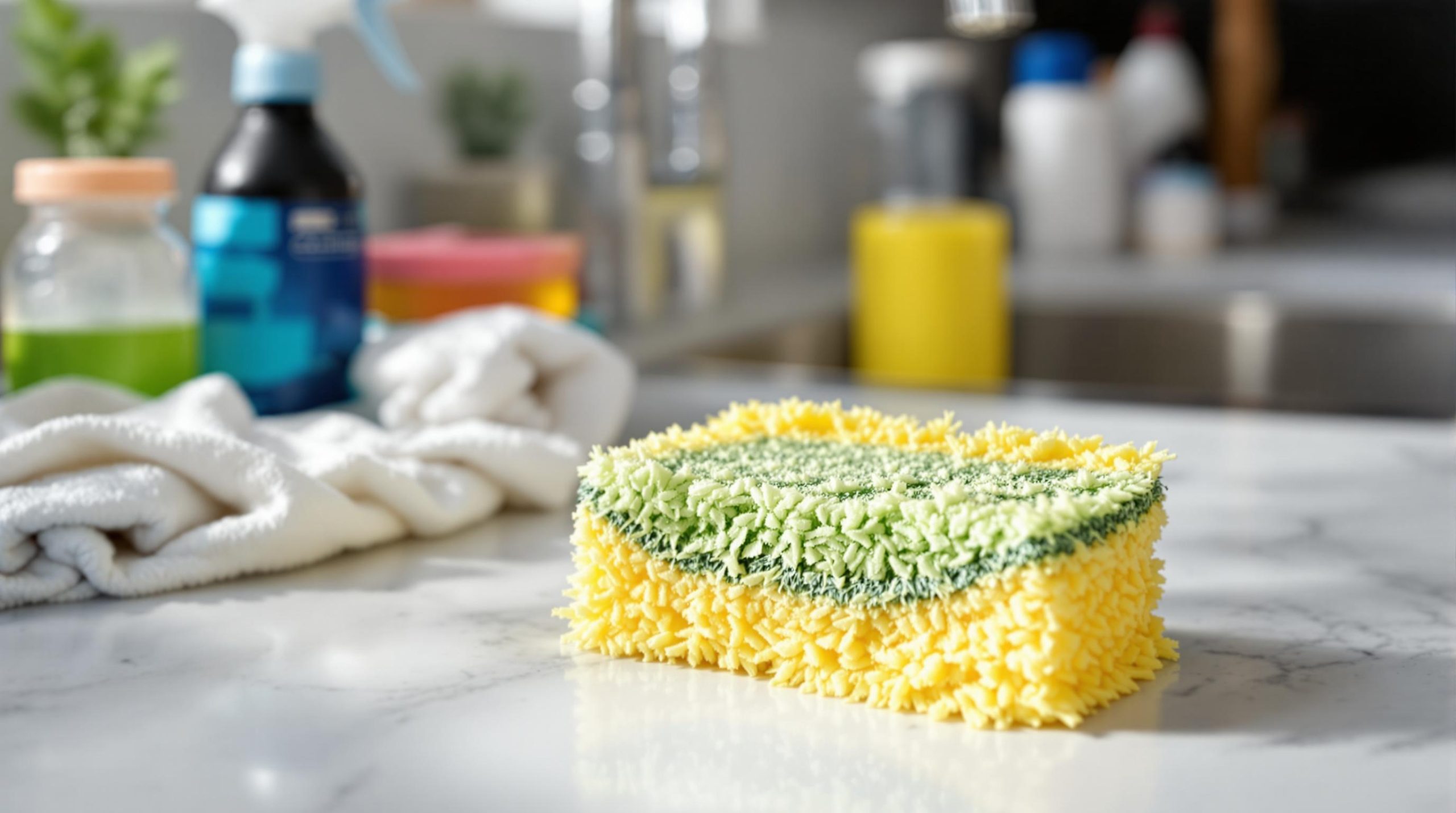
So, what can you do to protect yourself? Experts recommend a multi-pronged approach:
-
Frequent Replacement: The most effective way to minimize bacterial growth is to replace your sponge frequently – ideally, every week or two.
-
Regular Cleaning: Even with frequent replacement, it’s essential to clean your sponge regularly. There are several methods you can use:
-
Microwaving: Dampen the sponge and microwave it for 1-2 minutes. This can kill many bacteria, but it’s not foolproof. Be careful not to microwave a dry sponge, as it could catch fire.
-
Dishwasher: Running your sponge through the dishwasher’s sanitizing cycle can also be effective.
-
Bleach Solution: Soak the sponge in a diluted bleach solution (1 tablespoon of bleach per quart of water) for a few minutes, then rinse thoroughly.12 Never mix bleach with other cleaning agents.
-
-
Separate Sponges: Use different sponges for different tasks. Have one sponge for dishes, another for countertops, and perhaps even a separate one for cleaning up raw meat spills. This helps to prevent cross-contamination.
-
Consider Alternatives: Explore alternatives to traditional sponges, such as dishcloths that can be easily washed, or scrub brushes with replaceable heads.
The Bottom Line:
While the ubiquitous cleaning sponge is a convenient tool, it’s crucial to be aware of its potential to harbor harmful bacteria. By following expert recommendations for frequent replacement, regular cleaning, and considering alternatives, you can minimize the risk of contamination and keep your kitchen truly clean and safe. Don’t let this seemingly innocent kitchen essential become a hidden danger in your home.

